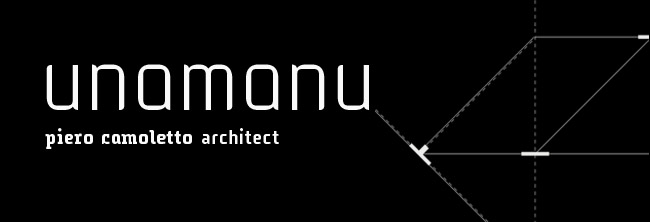 Some rather dry theory, but with interesting implications. The page has three elements. On the right face, two texts. The first is an examination of Aristotle's definition of tragedy as an exemplification of a particular esthetic strategy: the canon (or genre) approach, that is, that approach to art instances as technical objects (techne) complete with identification rules (complete and coherent classes) that generate descriptive evaluations. At least, in theory.
Some rather dry theory, but with interesting implications. The page has three elements. On the right face, two texts. The first is an examination of Aristotle's definition of tragedy as an exemplification of a particular esthetic strategy: the canon (or genre) approach, that is, that approach to art instances as technical objects (techne) complete with identification rules (complete and coherent classes) that generate descriptive evaluations. At least, in theory.
It should become clear through this piece why the novel has spent so much energy on the so called intentional fallacy, because it is here that ingenuous "subjectivism" tries to wedge in its doubt. The second text of the right face discusses just this.
It is a relatively crude approach. Firstly, because it is clearly a rigid and elementary case of the more fluid scenario proposed by Walton (discussed in step 3).
Crude also because it reduces art to a sort of painting by numbers, a much-too-cold academic endeavour. If I were to hazard a difference between art and artisanship, it would be exactly what this approach proposes as the certain criterion for the evaluation of art. The artisan knows exactly what he is looking for, his result is clear and his intention is a good (if not always precise) measure of success or failure. Artisanry is a technical endeavour indeed. The artist often does not know exactly where his research will lead.
On the contrary, it is this serendipity which is often the key to art's power, its capacity to tap into destiny, to betray our fears, to lay nude our shameful nakedness..
In any case, this approach must be discussed. It must be discussed because it reveals how the concept of "authority" (auctoritas), and its latent psicology, hovers behind many of our theoretical aspirations. And indicates, if faintly, what I propose as the final formulation of the physiognomy of judgment - consensus.
And furthermore, for an ambitious architect it is essential. Because to fully deploy the power of architecture it is essential not to deny that it is a technical art, but that it cannot be only technical. That is, to understand how its "technical" dimension not only can be subordinated to other ends, but in what manner it must be subordinated.
The text in blue is a small theoretical exemplification of these arguments ("eg"). In particular, it discusses the logical difference between sculpture and architecture, starting from a fresh reading of typology in architecture:
Scultpure is an idea of form. Architecture is a form of idea.
Peace, Frank.
sabato 22 marzo 2008
Step 09: the logical difference between sculpture and architecture
Iscriviti a:
Commenti sul post (Atom)

Nessun commento:
Posta un commento